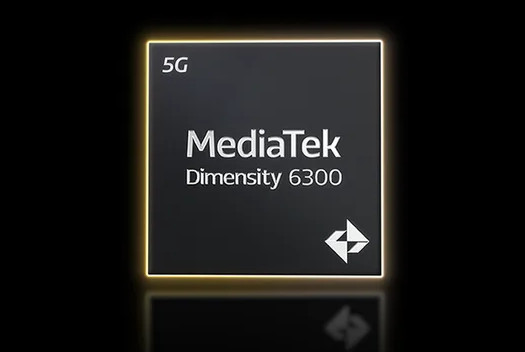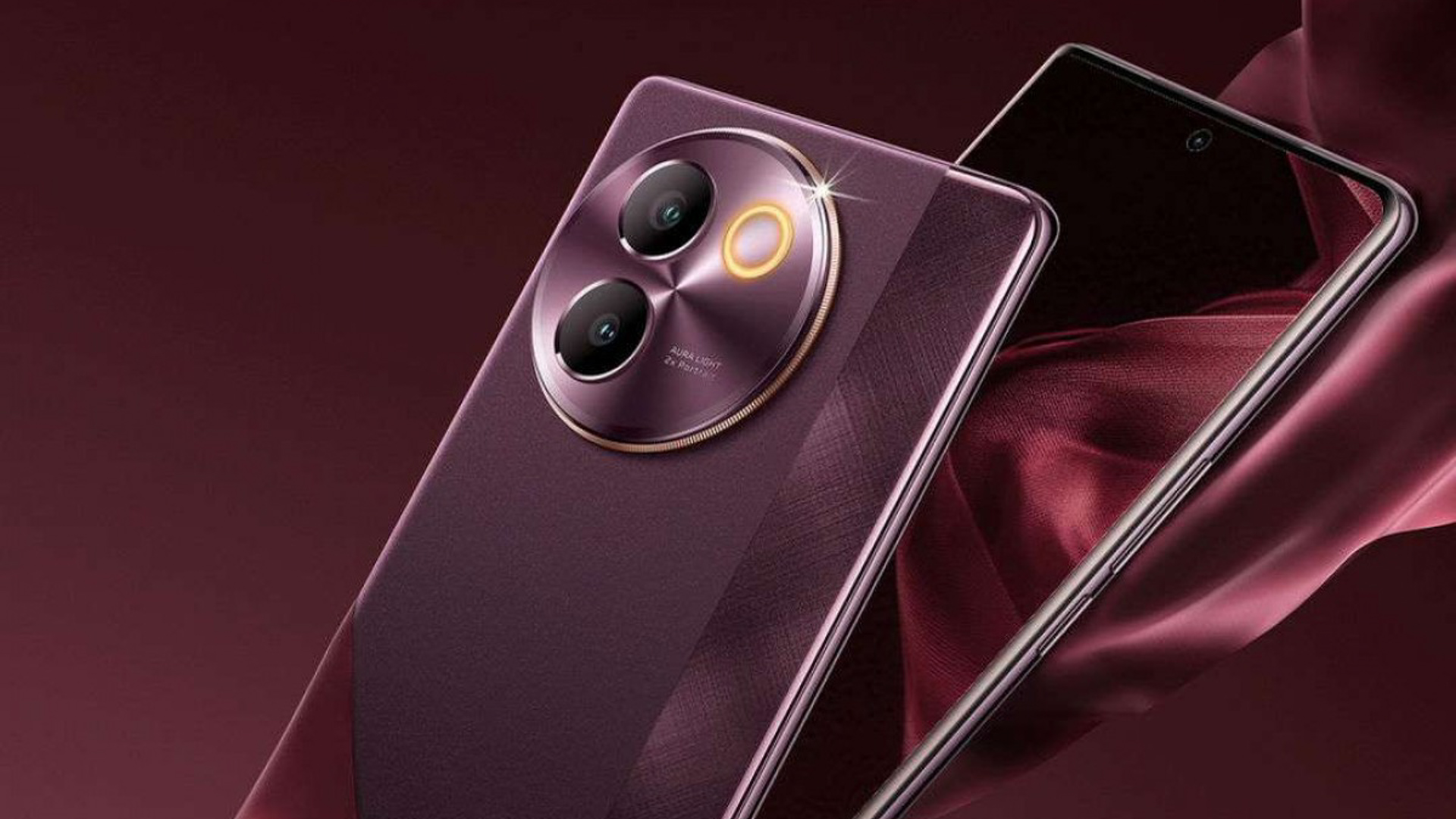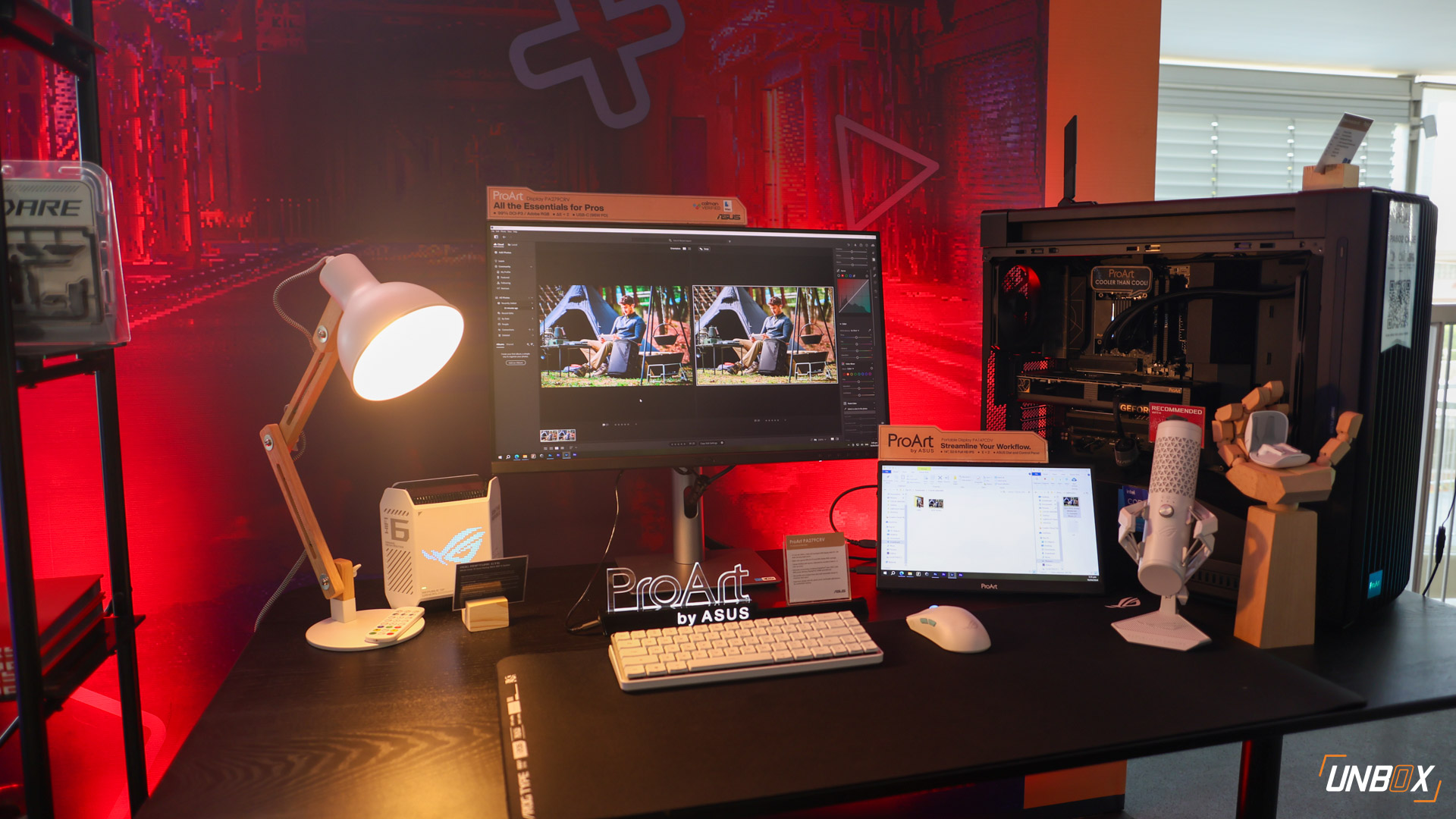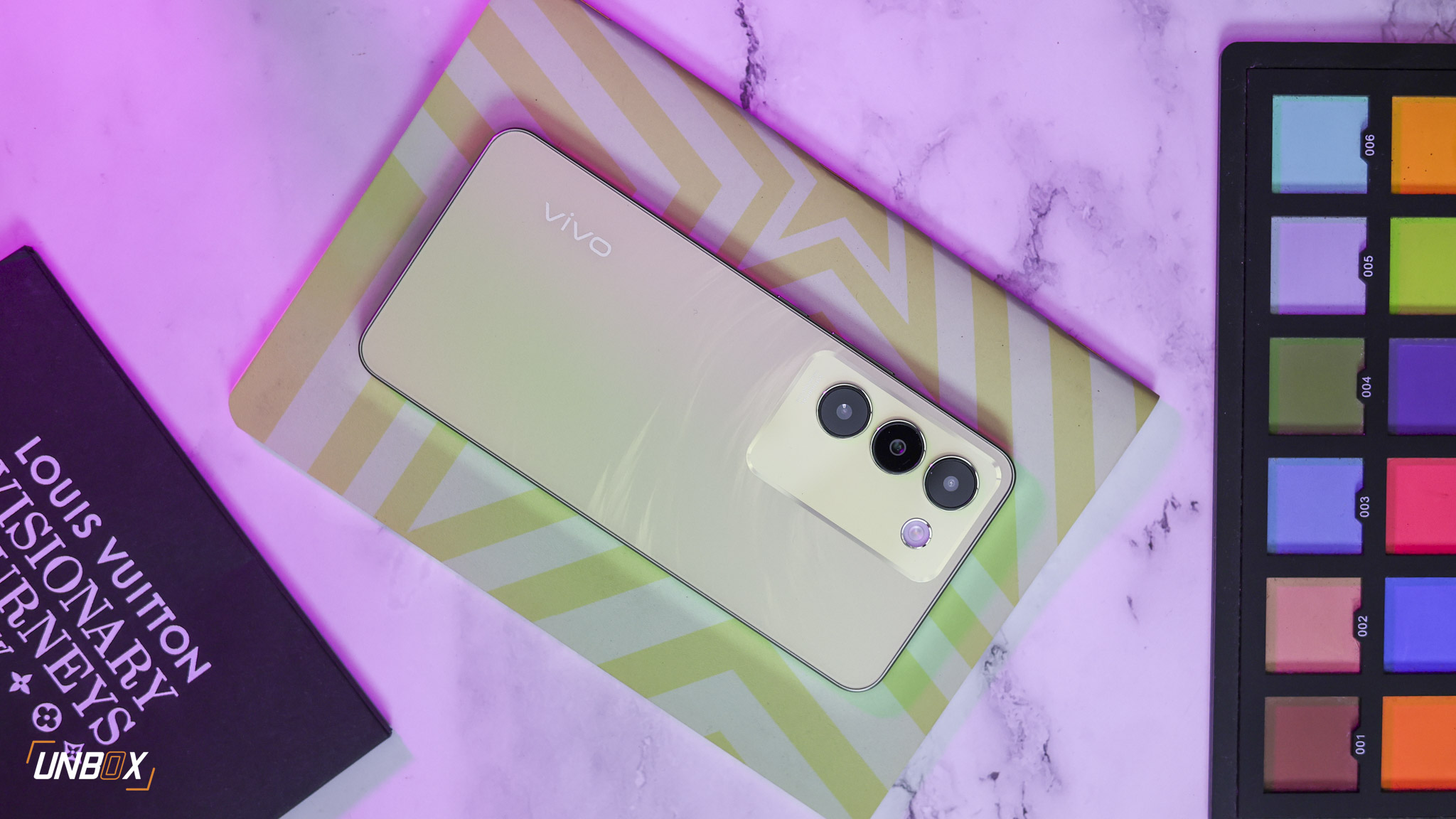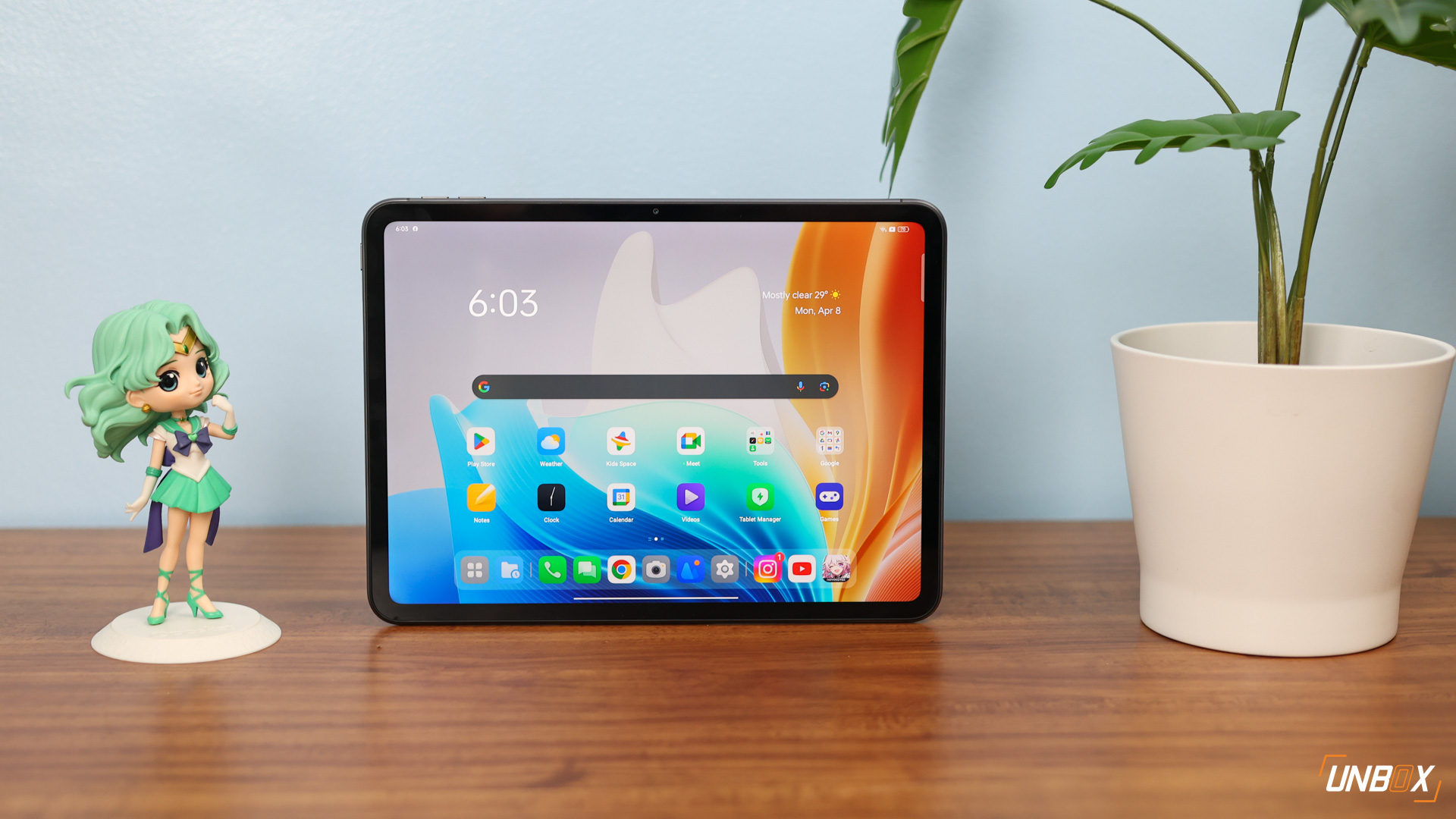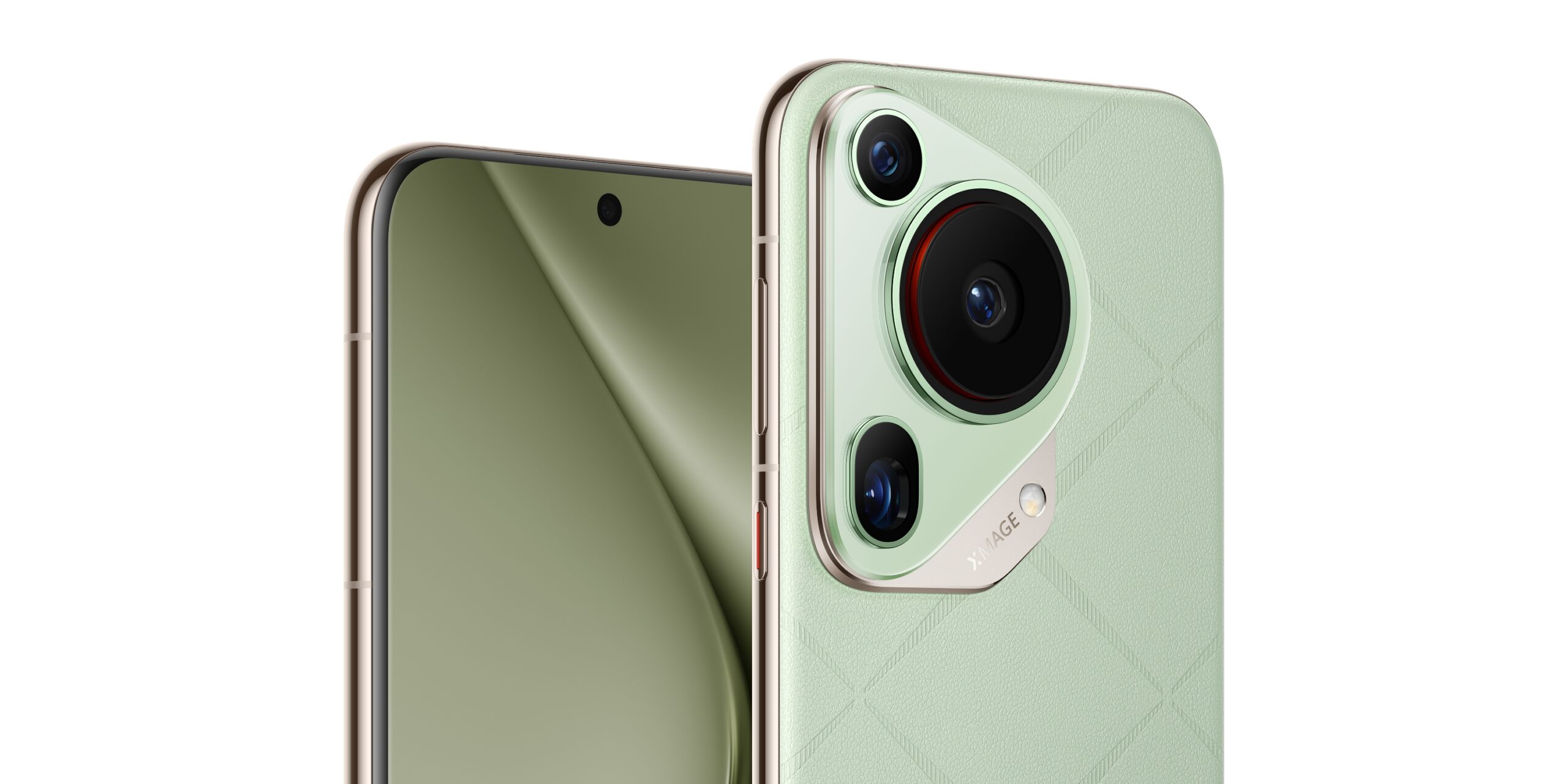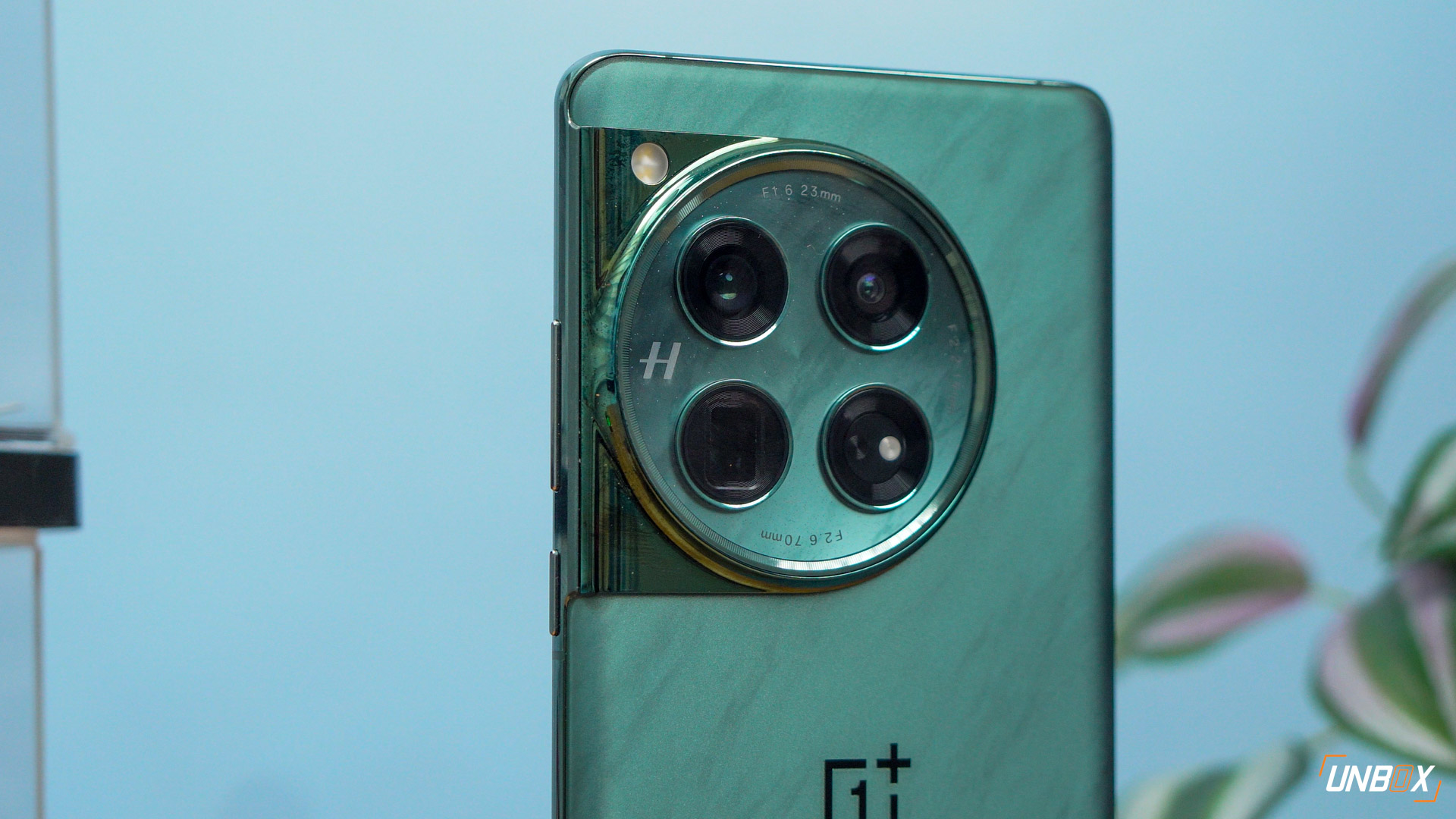
When it was first launched, Apple’s MacBook Air was the gold standard for tiny, thin notebooks. Despite the Air’s forced obsolescence thanks to a thinner and more capable Macbook, the idea of a thin and light Windows-powered equivalent has always been appealing, especially for people who don’t fancy playing in Apple’s ecosystem. Manufacturers like ASUS have always offered thin and light competitors to go against Apple’s offering, but the Taiwanese manufacturer has decided to bring it up a notch with their latest notebook.
ASUS Zenbook 3 UX390UA
- Intel 7th generation Kaby Lake dual-core Core i7-7500U processor
- 16 GB DDR3 2133MHz of memory
- 12.5-inch full HD IPS display, Gorilla Glass 4 protection, 1920 x 1080 resolution
- 512GB of storage via M.2 SATA
- USB Type-C Connector
- WiFi, Bluetooth
- Windows 10

One of the most beautiful notebooks ASUS has ever made
ASUS has a penchant for making affordable hardware look good, but the Zenbook 3 is probably the nicest and most premium device they’ve ever made. The body is made out of aluminum alloy, and comes in at an impressive 11.9mm at its thickest point. The body has been anodized deep blue with gold accents in the edges and bezels of the lid. ASUS’ trademark coecentric Zen-inspired finish has been liberally applied to the lid of the ZenBook 3. The result is a notebook that looks like nothing we’ve ever seen before.

Opening the lid, you’ll see the 12.5-inch, Corning Gorilla Glass 4 protected display that’s unfortunately only full HD. It’s a little bigger than the MacBook’s display, but Apple’s offering does have a leg up compared to it thanks to the higher 2,304 x 1,440 resolution.

Despite the lower resolution the panel looked good, and is bright enough that you can use it outdoors with no problem. Colors are bright and vivid, and ASUS advertises the display to as being able to display 72% of the NTSC color gamut.

The keyboard has good enough travel but felt odd to the touch, as if the keys stopped unexpectedly in its travel. That odd feeling made us type a touch slower as we were getting used to it. The keyboard is backlit and there are three levels of adjustment for it as well.

That weird keyboard experience is made up by the responsive glass touchpad. The touchpad uses a glass surface which was immaculately smooth when we used it. It supports multi-touch gestures as well, and as an added bonus ASUS has thrown in biometric security via a fingerprint scanner located on the upper right side of that touchpad. It works in conjunction with Windows Hello, and the fingerprint scanner is accurate enough, though there were a few times where it refused to read our fingerprint because of “too many attempts”.

Unfortunately, when you start miniaturizing a notebook to the thickness of a particularly fat phone, you’re going to have to compromise on a few things. The biggest compromise is that there’s a single, solitary USB Type-C port for connectivity, and a 3.5mm jack. That’s it. No additional, regular USB ports, HDMI or even a microSD card reader – either you start packing a Bluetooth mouse with you or you get used to using that touchpad.

High-end performance
Despite shrinking the notebook down, ASUS hasn’t compromised on the innards of the ZenBook 3. The version that we tested (which is the only one available in the local market as of now) came with Intel’s brand spanking new, 7th generation, dual-core Kaby Lake Core i7 7500U built on a 14nm process. That comes with 16GB of RAM and 512GB of M.2 SATA storage.

That new processor is very, very capable, and is a step up from the usual Core M processors that’s usually stuffed in thin and light notebooks. It’s good enough that you can do light photo editing on the ZenBook 3, though we suggest staying away from demanding games or video editing.
Because of the hardware, the Zenbook 3 never really lagged while we were using it. Even Chrome, one of the biggest, RAM suckers on Earth didn’t manage to faze it after long periods.

One of the biggest surprises in this thin, pint-sized wonder was the sound that eminated from its speakers. We usually dismiss ultrabooks’ built-in audio because they usually, well, suck. The ZenBook 3’s audio, however, was a delightful surprise. Six speakers – two on the top near the front edge, with four more on the bottom of the notebook – delivered good audio. Sure, bass is tinny, but considering the size that the speakers are working with, the fact that you’re getting any kind of bass at all is pretty remarkable.
Battery is enough for a day, but some people won’t be happy
One of the trade-offs of equipping the ZenBook 3 with an Intel Core i7 processor is reduced power efficiency. With normal use, we probably got around 6 hours of usable battery from the notebook, which is more than enough for typical users. For more upwardly mobile road warriors that battery life may not be enough though.

Verdict: One of the nicest ultrabooks in the markets, but it doesn’t come cheap
We’ve been using the ZenBook 3 for almost a month now, and it has tagged along with us during event coverage. While the loss of external ports for connectivity is a big blow (since we’ve been forced to upload most of our photos to Google Photos first before re-downloading and processing for the website) getting an extremely thin, relatively powerful notebook in exchange is worth it. Obviously it’s not going to be everybody’s cup of tea, and its high Php 79,995 price tag already puts it up there in MacBook territory. But if you don’t fancy playing by Apple’s rules and want an extremely capable thin and light notebook with you at all times, then the ZenBook 3 might just be for you.


